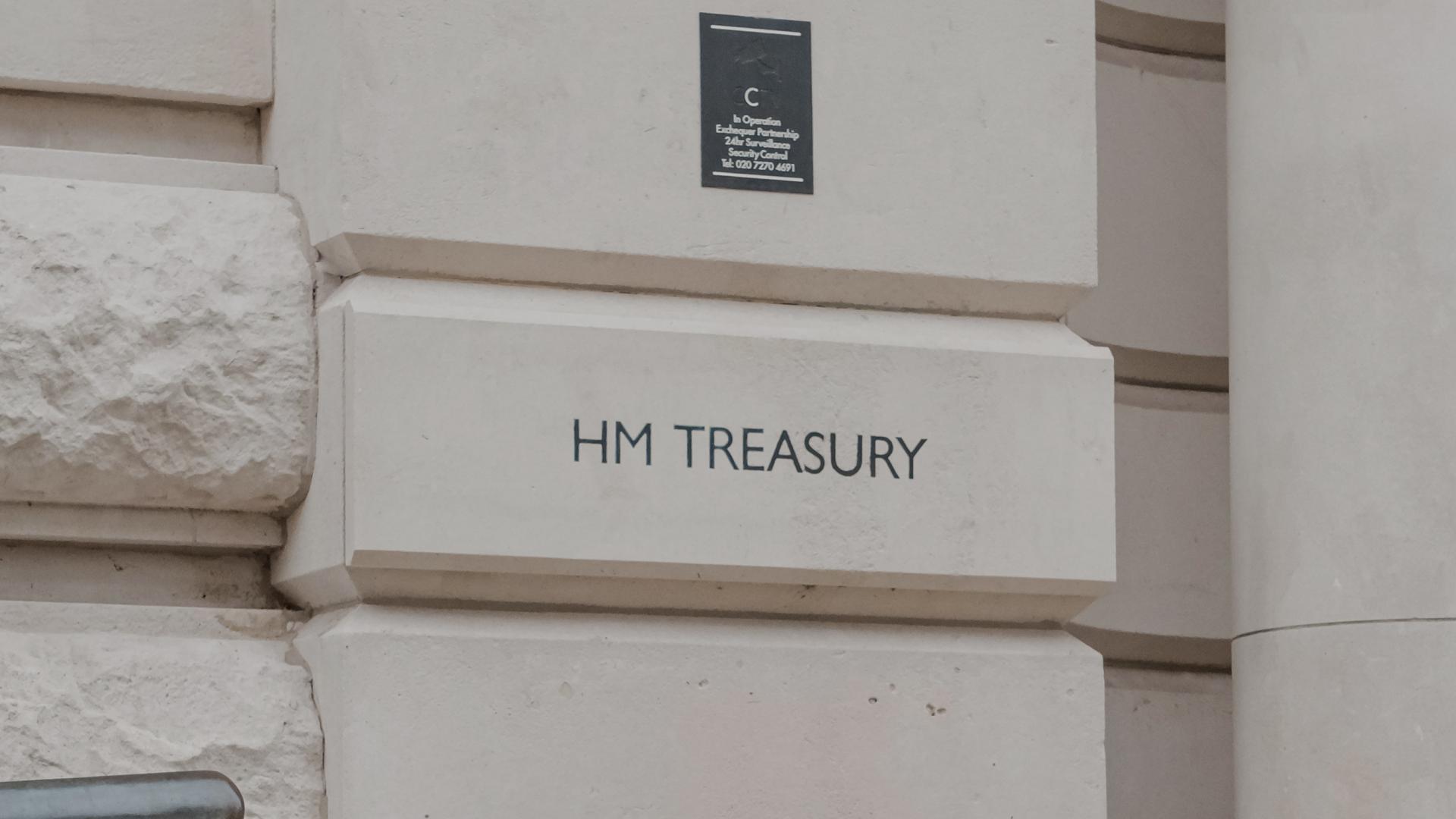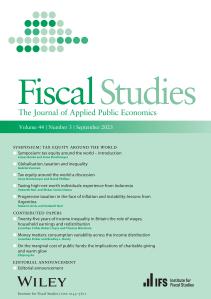Subscribe now: Apple Podcasts | Spotify | ACAST | Stitcher | YouTube | Google Podcasts | RSS
Income tax and National Insurance Contributions are our biggest taxes. Together they raise almost half of all tax revenues.
National Insurance Contributions were cut at the start of the year, but we’re in the middle of a multi-year freeze in tax thresholds that will amount to a tax rise of over £40 billion by the time it’s finished. And these are just the latest in a string of changes in how we tax personal incomes.
From cliff edges and personal allowances, to Scotland's 6-band income tax system and The Beatles' scheme to minimise their tax bill, we cover all things income tax.
In our latest episode, we're joined by Helen Miller, Deputy Director at IFS and head of our tax sector, and Dan Neidle, a tax lawyer and founder of Tax Policy Associates.
Zooming In: discussion questions
Every week, we share a set of questions designed for A Level economics students to discuss, written by teacher Will Haines.












